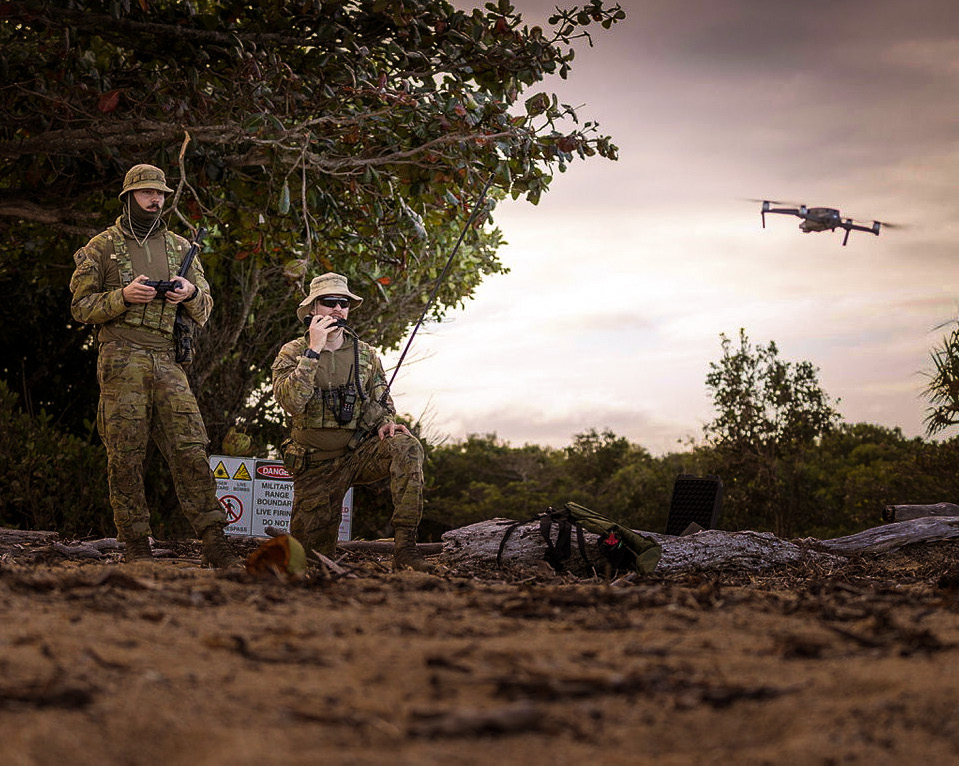From Tools to Teammates
Human-Machine Teaming and the Future of Command and Control in the Australian Army
Abstract
In 2018, the Australian Army launched its Robotic and Autonomous Systems Strategy to capitalise on the military opportunities presented by the much-anticipated ‘fourth industrial revolution’ in artificial intelligence and machine learning software. The key to realising this potential lies in the effective integration of soldiers and autonomous systems, known as human-machine teaming. Through human-machine teaming, military automation is predicted to radically reshape the conduct of war, with substantial implications for the future of command and control. However, such visions depend not just on the technical capabilities of new autonomous systems, but also on the choices soldiers make about how to use them. This paper explores the compatibility of emerging concepts of human-machine teaming with existing Australian Army culture and practices, drawing on interviews with serving officers and focusing specifically on the implications for military command and control. The paper assesses the risks and opportunities arising from automation for future concepts, doctrine development and organisational change.
| Attachment | Size |
|---|---|
| AARC Occasional Paper No.7 - From Tools to Teammates.pdf (5.74 MB) | 5.74 MB |

Publication Date
Publication Identifiers
ISSN (Online) 2653-0406
ISSN (Print) 2653-0414




